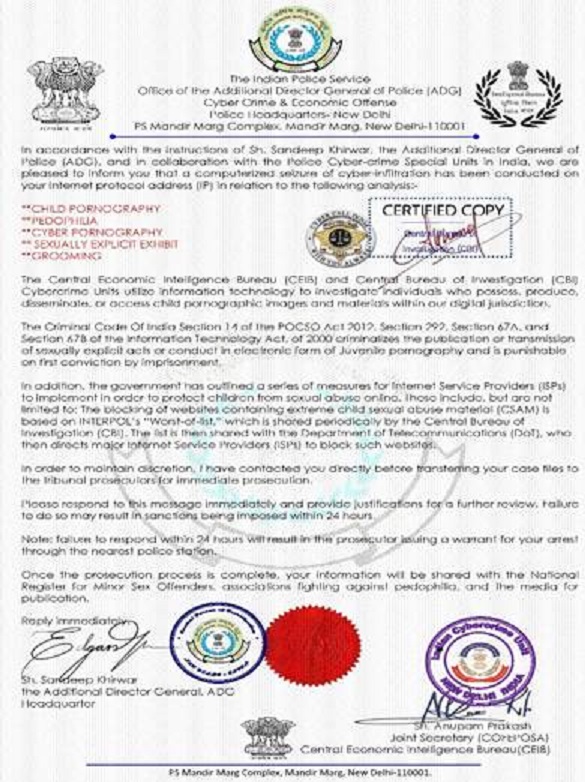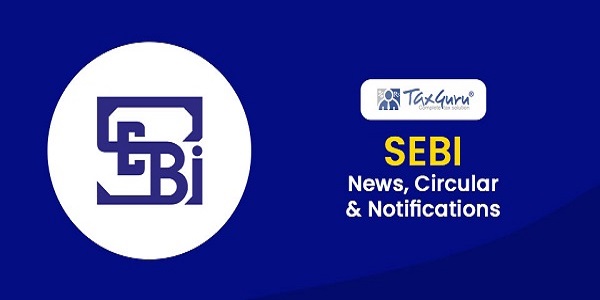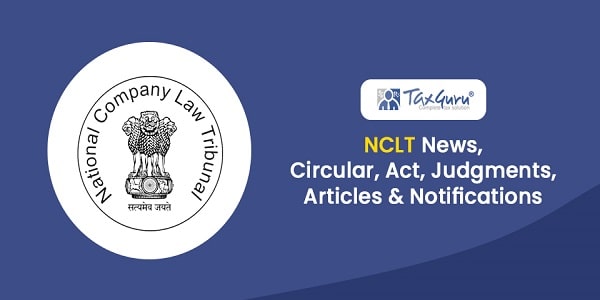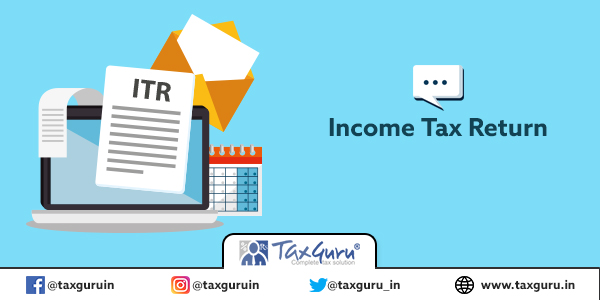In the Advance Ruling dated 25.8.2021 pronounced by AAR, Rajasthan, in the case of USG Boral Building Products (India) Pvt. Ltd., Alwar (2021) 36 J.K.Jain’s GST & VR 311, it was held that;
“Gypsum Board in question is made-up of Gypsum, glass fibre and additives, cannot be called as “Glass-Fibre Reinforced Gypsum Board (GRG)” and as such cannot be classified under entry No. 92 of Sch. II of notfn No.1/2017-CT(R) dated 28.6.2017, which provides specific rates for “GRG board” under chapter 44 or and chapter.”
A . Facts of the Case.─The Applicant is engaged in the business of building materials The Applicant is contemplating to commence production of a new variant of Gypsum Board─Glass-fibre Reinforced Gypsum Board (GRG Board).
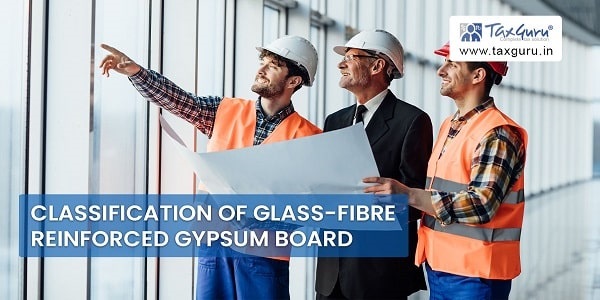
A2. Applicant’s Views─The Bureau of Indian Standards (BIS) has notified 1S-2095 in three parts wherein specifications of GRG boards are discussed in detail in Part 3, which defined properties of GRG board in terms of material composition, method of manufacturing along with shapes of dimensions of GRG board. Furthermore, IS-2095 has specified tests like flexural strength test, moisture test etc. which are required to be satisfied by GRG board.
Since, entry No. 92 of Schedule II of the notfn No.1/2017-CT(R) dated 28.6.2017 does not require confirmation to Part-3 of IS-2095, hence all kinds of gypsum boards reinforced with glass or fibre would be covered under the term ‘Glass-fibre Reinforced Gypsum Boards’.
As no specific technical meaning is available for GRG Board (Part-3 of IS-2095 only provides standard for manufacture and tests of good quality GRG Board), it would be relevant to refer the common perception/trade parlance in relation to usage and properties of GRG boards.
Further to above, in order to gain better understanding of GRG board in terms of its properties and usage, a reference may be made to common parlance test. Typically, common parlance test means that the goods have to be classified in a manner as understood by common man. This test is formulated on the basic principle that classification of the goods for the purpose of levy of tax has to be made by a common man who knows the goods according to the meaning given to them in normal usage and it is likely that he might not be aware of the scientific or technical definitions.
The reason behind the usage of common parlance test has been very aptly described by the Hon’ble Rajasthan High Court in case of Assistant Commissioner, Anti Evasion, Rajasthan-I Jaipur v. Camlin Ltd. (2015) 23 J.K.Jain’s Vat Reporter 177 that;
“The sales tax enactment is one which touches the common man and his everyday life. Therefore, the terms in the said enactment must be in the manner in which the common man will understand them. In other words, the test is as to what a common man viewing or dealing with the article will understand it to be.”
The underlying principle behind usage of common parlance test is to understand a common man perception of the product. It is the common man who spreads the interpretation of terms used in law across the entire horizon i.e., from an urban area to a rural area and from being a literate person to be an illiterate person. It’s this basic understanding of the goods which the legislature uses for the purpose of classification of goods for the purpose of levy of tax.
A similar view can be applied in the interpretation of the term GRG board where a common man perceives it as a gypsum board with reinforcement of either glass fibre without going into technical meaning or the properties of the product.
The Hon’ble Apex Court in case of Porritts & Spencer (Asia) Ltd. v. State of Haryana (1979) AIR 300 summarized the situation as;
“where a word has a scientific or technical meaning and also an ordinary meaning according to common parlance, it is in the latter sense that in a taxing statute the word must be held to have been used, unless contrary intention is clearly expressed by the Legislature”.
The judgement of the Hon’ble Apex Court in the case mentioned above provides that legislature also understands that the classification of the goods must be made by a common man and not by a subject matter expert.
Basis the application of rule of literal interpretation as well as common parlance along with the principles adopted by Indian judiciary in course of classification of goods over period of time, the Applicant is of the view that GRG board is any gypsum based board which has been reinforced with glass fibres without any reference Part 3 of IS-2095.
D. Findings Analysis & Conclusion by AAR.─The applicant has asked two questions seeking Advance Ruling on the same. They are as under:
a) Whether the new variant of Gypsum Board intended to be manufactured by the Applicant as per the specifications mentioned in Exhibit-2 could be classified as Glass-fibre Reinforced Gypsum Board (GRG Board) and charged to GST at the rate of 12%.
b. Whether manufacture as per BIS standard IS-2095 is necessary for all GRG board to be covered under the entry No. 92 of Sch. II of notfn No.1/2017-CT(R) dated 28.6.2017?
1. The applicant has contended that they are contemplating production of a new variant of gypsum board, whether the same could be classified as GRG board classifiable under tariff item 68091900 but attract lower rate of GST under notfn No.1/2017-CT(R) dated 28.6.2017
Further, the Applicant has submitted that the Govt. vide notfn No.1/2017-CT(R) dated 28.6.2017 has provided GST rates as applicable on various category of goods. In the afore-said notfn, GST rates have been provided against a Chapter/Heading/Sub-heading/Tariff item level varying on item to item basis.
In order to determine the classification of the proposed gypsum board, attention may be invited towards classification provided in the Indian Custom Tariff Act, 1975.
Articles of plaster and compositions based on plaster are covered in Chapter 68 of First Schedule to Indian Custom Tariff Act, 1975. Same has been reproduced below:
| 6809 | Articles of Plaster or of Compositions Based on Plaster |
| -Boards, sheets, panels, tiles and similar articles, not ornamented: | |
| 6809 11 00 | –Faced or reinforced with paper or paperboard only |
| 6809 1900 | –Other |
| 6809 9000 | -Other articles |
(e) Original sculptures and statuary (heading 97.03).”
As per the entry No 74 of the Sch. IV notfn No.1/2017-CT(R) dated 28.6.2017, rate of GST on articles of plaster such as Boards covered under Chapter Heading 6809 is as follows:
| Chapter/Heading/
Subheading |
Description of goods | Rate |
| 6809 | Articles of plaster or of compositions based on plaster; such as Boards, sheets, panels, tiles and similar articles, not ornamented | 18% |
2. Therefore, all kind of plaster boards made up of gypsum are covered under the aforesaid Tariff Heading.
3. However, entry No. 92 of Sch. II of notfn No.1/2017-CT(R) dated 28.6.2017 provides specific rates for GRG board as under:
| Chapter/Heading/ Sub-heading | Description of Goods | Rate |
| 44 or any Chapter (GRG) | The following goods, namely:
a. Cement Bonded Particle Board; b. Jute Particle Board; c. Rice Husk Board; d. Glass-fibre Reinforced Gypsum Board e. Sisal-fibre Boards; f. Bagasse Board; and 8. Cotton Stalk Particle Board h. Particle/fibre board manufactured from agricultural crop residues |
12%
|
Further, an explanation (ii) to the said notfn provides that Tariff item”, “sub-heading”, “heading’ and “Chapter” shall mean respectively a tariff item, sub-heading, heading and chapter as specified in the First Schedule to the Customs Tariff Act, 1975.
4. Now the question arises whether the supply to be made by the appellant would be covered under the term “Glass fiber Reinforced Gypsum Board (GRG)” or otherwise.
The ARA discussed the process of manufacturing of Gypsum plaster board and GRG. The main raw material of Gypsum Plaster board is “Gypsum” (more than 90%), which is mainly procured from mines and other raw material is paper and additives, whereas, the GRG Board is made-up of Phosphogypsum (more than 90%), which is a byproduct of phosphoric acid plant. Other raw material i.e., Glass fibre and additives is also used in the manufacturing of GRG Board.
Further the Building Materials & Technology Promotion Council (BMTPC) Ministry of Housing & Urban Poverty Alleviation, has also clarified that the manufacturing process of GRG Board is as under:‒
GRG Board made-up of Phosphogypsum, which is a byproduct of phosphoric acid plant is calcined in calciner at 140-150oc at the rate of 15 MT/hr of calcined plaster. This calcined plaster is store in product silo having capacity of 25OMT.
The plaster is then transferred to batch hopper by screw conveyors and through Entoleter in wall panel manufacturing area.
This area consists of 6 casting tables having dimensions of 3m x 12m, one crab having mixer and glass roving delivery system is for delivering slurry and glass roving for three tables. The chemicals are added in water & mixed and then plaster is added & mixed to form slurry.
One layer of slurry is laid on the table by the crab followed by a layer of glass roving, this glass roving is embedded into the slurry with the help of screen roller.
Another layer of slurry is poured followed by a layer of glass roving this layer is pushed inside the ribs with the help of temping bar. Finally, a layer of glass roving is laid for the top face of the wall panel.
After getting final Gilmore wall panel is lifted from the casting table to ACROBA frame and shifted to dryer for drying. The wall panel is dried at a temperature of 275oc for 60 minutes.
From the above, it is clear that the raw materials which is used in gypsum board and GRG board are different.
5. The applicant submitted the technical specifications that the proposed new variant of Gypsum Board is made-up of Gypsum, glass fibre and additives, the main raw material is Gypsum which is procured from the mines, whereas, GRG board is made up of Phosphogypsum, which is a byproduct of phosphoric acid plant therefore, the proposed new variant of Gypsum board to be manufactured by the applicant cannot be called as “Glass-fibre Reinforced Gypsum Board (GRG)” and cannot be classified in entry No. 92 of Sch. II of notfn No.1/2017-CT(R) dated 28.6.2017 which provides specific rates for GRG board.
6. Since, the intended product cannot be treated as GRG Board, the second question raised in respect of “BIS Standard IS 2095” is not relevant and not required answer.
7. The applicant has cited various case laws and references viz., Vikas Trading Company, Chennai, vide Hon’ble CESTAT Order No. 43421/2007 dated 7.12.2017, Rama Newsprint & Papers Ltd., Surat, vide Hon’ble CESTAT Order No. 71-76/98-WZB/C-I, dated 5.1.1999, contending that the Goods supplied by them is not tenable as the facts are quite different from the present application.
8. In view of the foregoing, the AAR ruled as follows:
Ruling.—Q.1. Whether the new variant of gypsum board intended to be manufactured by the Applicant as per the specifications mentioned in Exhibit-2 could be classified as Glass-Fibre Reinforced Gypsum Board (GRG Board) and charged to GST at the rate of 12%.
Ans.─No.
Our Views.─In our view, the specific entry “Glass-Fibre Reinforced Gypsum Board (GRG)” under chapter 44, will take the product in question in its fold. The term GRG board should be interpreted in its literal sense i.e., a Gypsum Board which has been reinforced with glass fibres by any method of engineering. Since, entry No. 92 of Schedule II of the notfn No.1/2017-CT(R) dated 28.6.2017 does not require confirmation to Part-3 of IS-2095, hence all kinds of gypsum boards reinforced with glass or fibre would be covered under the term ‘Glass-fibre Reinforced Gypsum Boards’.
In State of Jharkhand v. LA Opala R.G. Ltd.(2014) 21 J.K.Jain’s Vat Reporter 165 (SC), it was held in taxing statutes the terms and expressions must be seen in their common and popular parlance and not be attributed their scientific or technical meanings. This was also endorsed by Supreme Court in the case of Additional Commissioner (Legal), Rajasthan v. Lohiya Agencies (SC) (2019) 31 J.K.Jain’s GST & VR 1.
As such, the GRG Boards are covered under specific entry under chapter 44.







